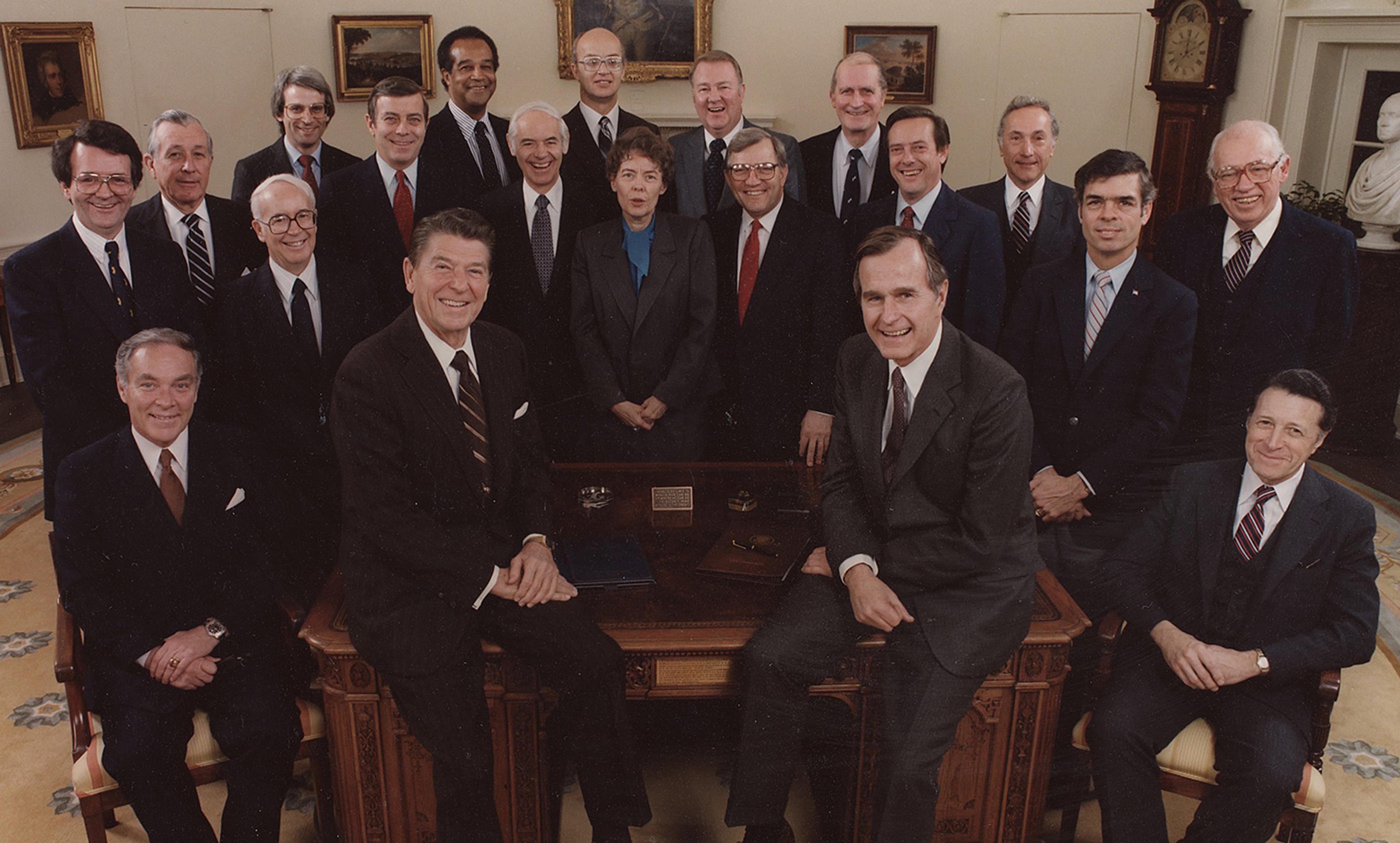Wild horses in Iceland. Photo by Gigja Einarsdottir/Getty
The authors of the essay ‘In defence of hierarchy’ appear to throw caution to the winds in advertising the defence of an abstract, audacious thesis about the merits of hierarchy. But the advertisement is misleading. For in defending the advertised thesis, it is audacity that they throw to the winds, not caution. The concrete proposals they uphold are significant and engaging but likely to prove disturbing for no one other than the adherents of a ‘populism’ they rightly decry.
I comment on the claims in two parts. First, I look at the abstract, audacious thesis they defend. And then, I turn to the concrete, more moderate claims that they associate, misleadingly, with that thesis.
The abstract, courageous thesis
Their abstract thesis is that there are ‘justified and useful’ hierarchies, which they link in various references with Daoist, Confucian and traditional African ideas. While many of us in the West might cherish certain hierarchies of expertise, preferring to take advice from the ‘more qualified’, we are said to place ‘a high premium on the value of equality’. And that, so the authors suggest, makes hierarchy ‘an unfashionable thing to defend or to praise’.
This thesis really is unfashionable, because of the extreme way in which they understand hierarchy at the abstract level. ‘When we talk about hierarchies here,’ they say at the outset, ‘we mean those distinctions and rankings that bring with them clear power differentials.’ And, sharpening the concept even further, they say later that it is ‘a condition in which one adult commands, threatens or forces another adult to do something’. Nor is this a sort of hierarchy justified by fault or failing on the part of the subordinated individual: that person might be ‘innocent of any wrongdoing, competent to make decisions’ and so on. It is illustrated, they suggest, by ‘political paternalism’, which is defined as ‘coercive interference with autonomy’.
Even at the abstract level, it is true, the authors enter congenial qualifications about the hierarchy they defend, arguing that it should never ‘become ossified’, should not allow the ‘accumulation of power’ by inheritance, and should be ‘embedded in relationships of reciprocity and mutual concern’. In addition, it should be ‘domain-specific’, guarding against the possibility, for example, that ‘holders of political power’ would also ‘wield disproportionate legal power’.
Despite these congenial features of the hierarchy advertised, it still allows some to have power over others; in particular, power over what personal, harmless choices those others may make. Thus, it would allow domination in which some have the position of a master or dominus over others in certain, restricted areas. The authors reject this charge, however, arguing that hierarchy will guard against domination insofar as ‘the person higher on the hierarchy does not use that position to dominate those lower down’.
This is a surprising claim. For the higher person will dominate the lower if they have an asymmetrical power of interference, regardless of whether or not they use it. Even the doting, indulgent husband dominates his wife, if he has legal power over her. She will depend on his goodwill – in effect, on his permission – for being able to act as she wishes.
In defending the claim that even their unfashionable sort of hierarchy does not entail domination, the authors cite the Daoist image of riding a horse well, knowing when to pull on the reins, when to let go. This is said to involve ‘not domination but negotiation’. But the image is peculiarly ill-suited to the cause in which it is recruited. For the classic image of non-domination in the Western tradition is the wild horse, not the horse with someone in the saddle. Even when a rider gives the horse free rein, he or she remains in command, being able to impose at will on the animal they control.
The concrete, moderate claims
The concrete claims used to illustrate the commitment to the value of certain kinds of hierarchy are attractive proposals that should appeal in liberal circles in the United States, and certainly appeal in the civic republican theory that I myself embrace. Thus, the document offers a defence of ‘bureaucratic hierarchies’, ‘constitutional institutions’, and institutionally established authorities – presumably in bodies such as the courts, statistical bureaus or election commissions – that enjoy ‘a large degree of proximate insulation from direct electoral accountability’.
More generally, the essay sketches an attractive architecture of political power in which experts certainly command requisite esteem but their role ‘is often not as decision-makers, but as external resources to be consulted by a panel of non-specialist generalists’. This architecture, it is said, would involve ‘a kind of collective, democratic decision-making that makes use of hierarchies of expertise without slavishly deferring to them’. An example provided is that of parole boards that ‘draw on the expertise of psychologists, social workers, prison guards, those who know the community into which a specific prisoner might be released, and so on’.
Where in any of the sorts of arrangements defended is the spectre, celebrated in the abstract, of ‘clear power differentials’, a capacity on the part of some to command, threaten and force others, or ‘coercive interference with autonomy’?
The authors suggest that hierarchy in that audacious sense might appear when the arrangements give a ‘signal as to when deference – deferring to others – is expected’. Such deference is good, they say, when it is not given ‘in excess’ but ‘in due measure’. The virtue in the arrangements illustrated, however, does not derive from the limited quantity of the deference given but from its constitutionally restricted quality. There are no objectionable power differentials in a system where there is ‘democratic accountability’ – however proximately insulated – and where there are checks and balances that restrain the different authorities.
The concrete proposals defended in the paper are all worthwhile, and in need of defence against populist critics. But the wolf’s clothing in which they are presented does not highlight their best features or their considerable appeal.






